Since the war, staff of the Castle Museum have carried out several excavations around Buda Castle.Dísz tér has long been a particular site of interest.
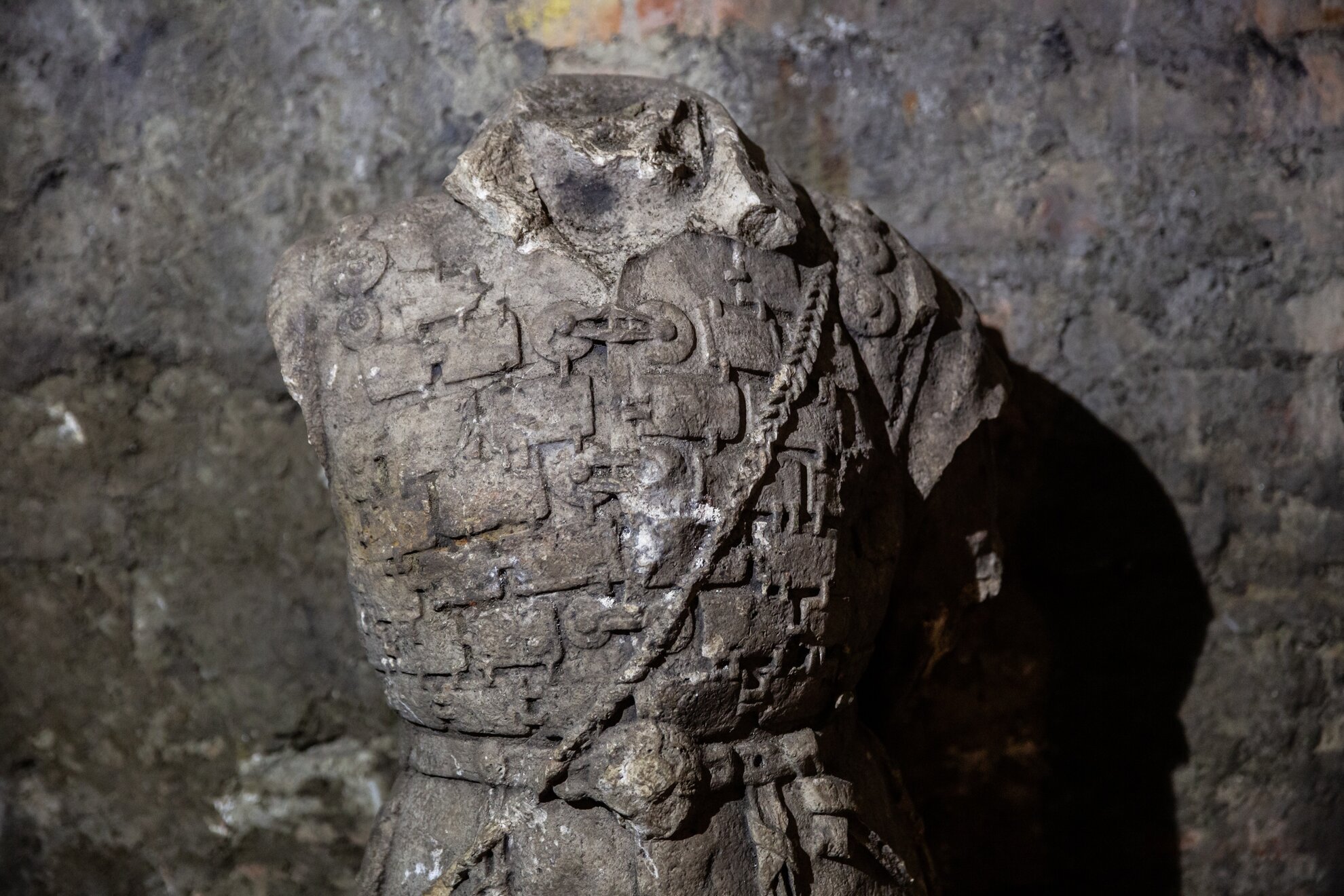
Its plot left empty after World War II, the former building where the Red Cross headquarters stood at Dísz tér 2 falls within the parameters of this World Heritage Site. By a group of trees, the old cellar here had been closed for 70 years and its reopening has revealed fascinating leftovers, including a number of truly valuable items among the stonemasonry.
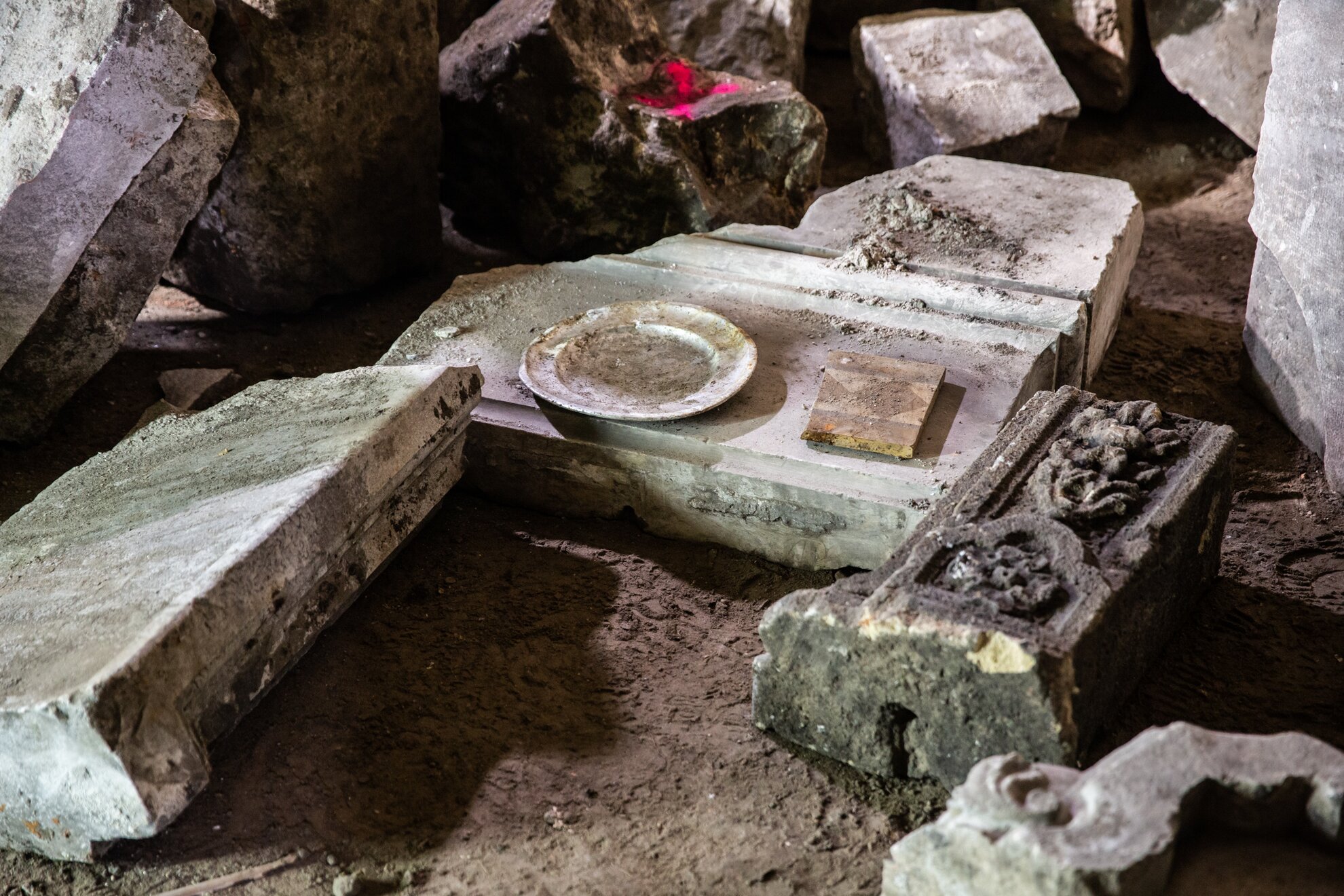
Finds include a hand basin from what seems to have been the Middle Ages, although nothing has yet been confirmed. From a professional standpoint, the artefact is a potential red herring. Originally it was carved into the wall, decorated by lion and dragon figures as well as tendril motifs, suggesting that it had been created in the 12th century. However, it was made with red marble, which was not in use in Hungary at the time. This type of stone is only found in specific areas of the country, Süttő, Tardos and Esztergom, while abroad it appears in Salzburg and around Verona. If the artefact is in fact from the 12th century, then its materials must have been sourced from Verona. This makes it possible that it only was brought to Hungary later, in the 19th century.
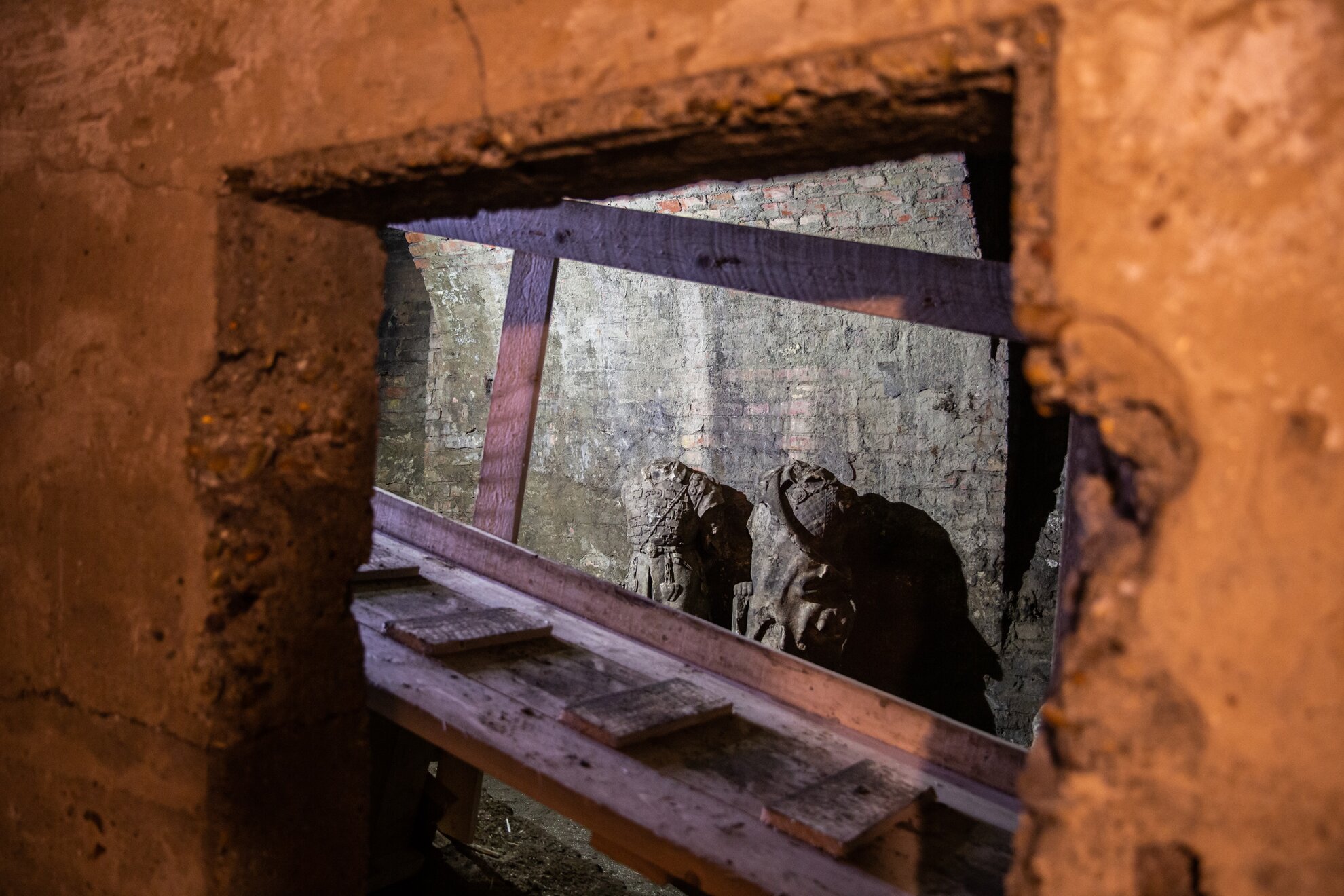
However, experts are not ruling out a professional imitation of 12th-century finery from the 19th century. At the same time, it is telling that there are traces on the surface of the basin that are almost certain to have been created by earlier craftsmen, as there’s no sign of more modern tools at work. Two important tests are needed to determine the accurate age of the hand basin: a stone one will point to where the raw material came from and analysis by an art historian will focus on the decorative motifs. What is clear, though, is that the artefact is most certainly valuable.
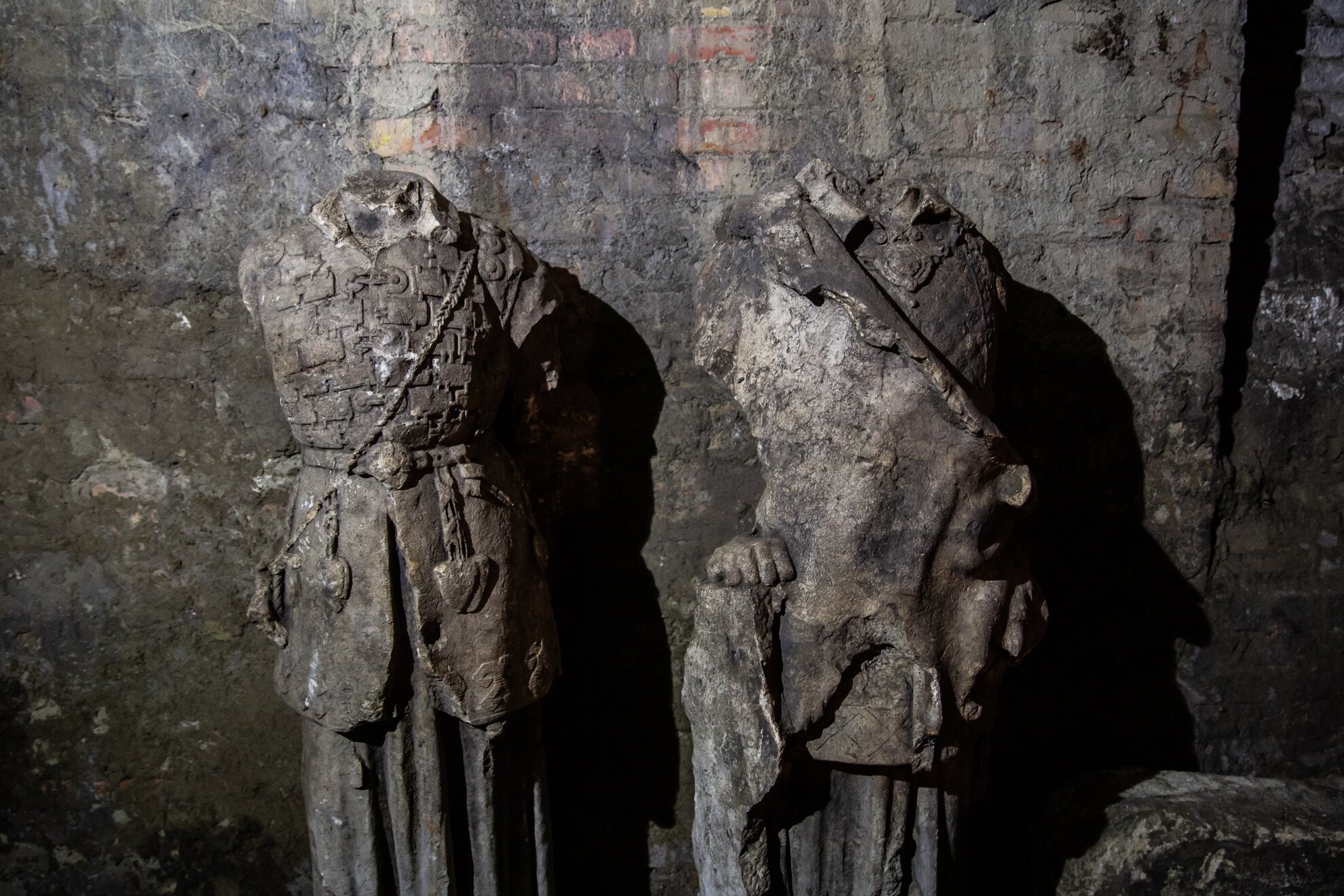
Two sculptures were also found amid the rubble while cleaning out the cellar. One depicts Előd from the original Hungarian tribe that first entered the Carpathian Basin in the ninth century, the other its leader Álmos. This can be verified from the fact that their names were engraved on the soles of their feet when the statues were made, and they are still clearly legible.
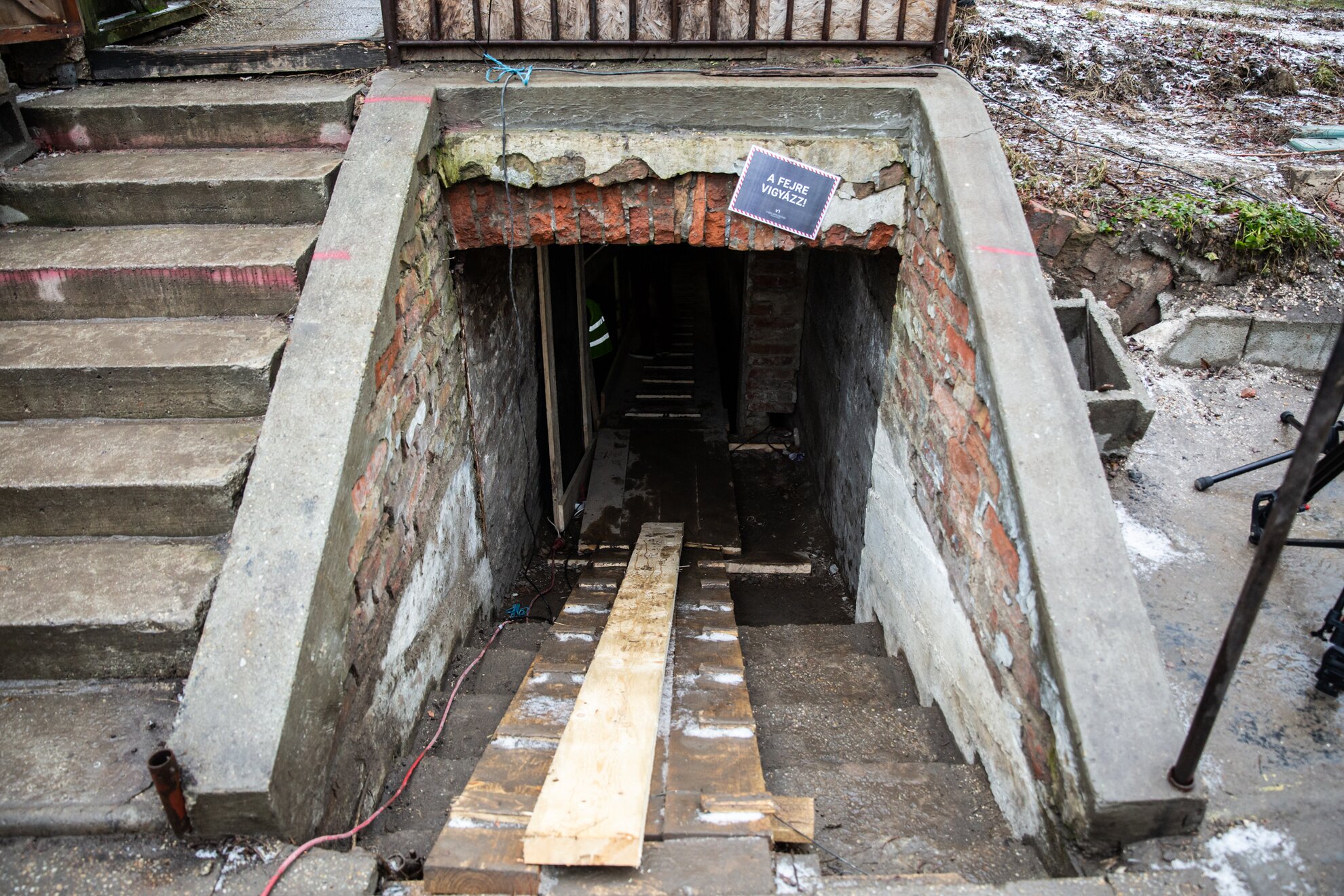
The statues originally stood at Fishermen’s Bastion, built between 1899 and 1905, the work of Ferenc Mikula, who made several others for Matthias Church and Parliament. The statues adorned the northern tower, and were so severely damaged during the war, they were thought to have been completely destroyed. The original sculptures just uncovered are accordingly deformed, with no heads or arms.
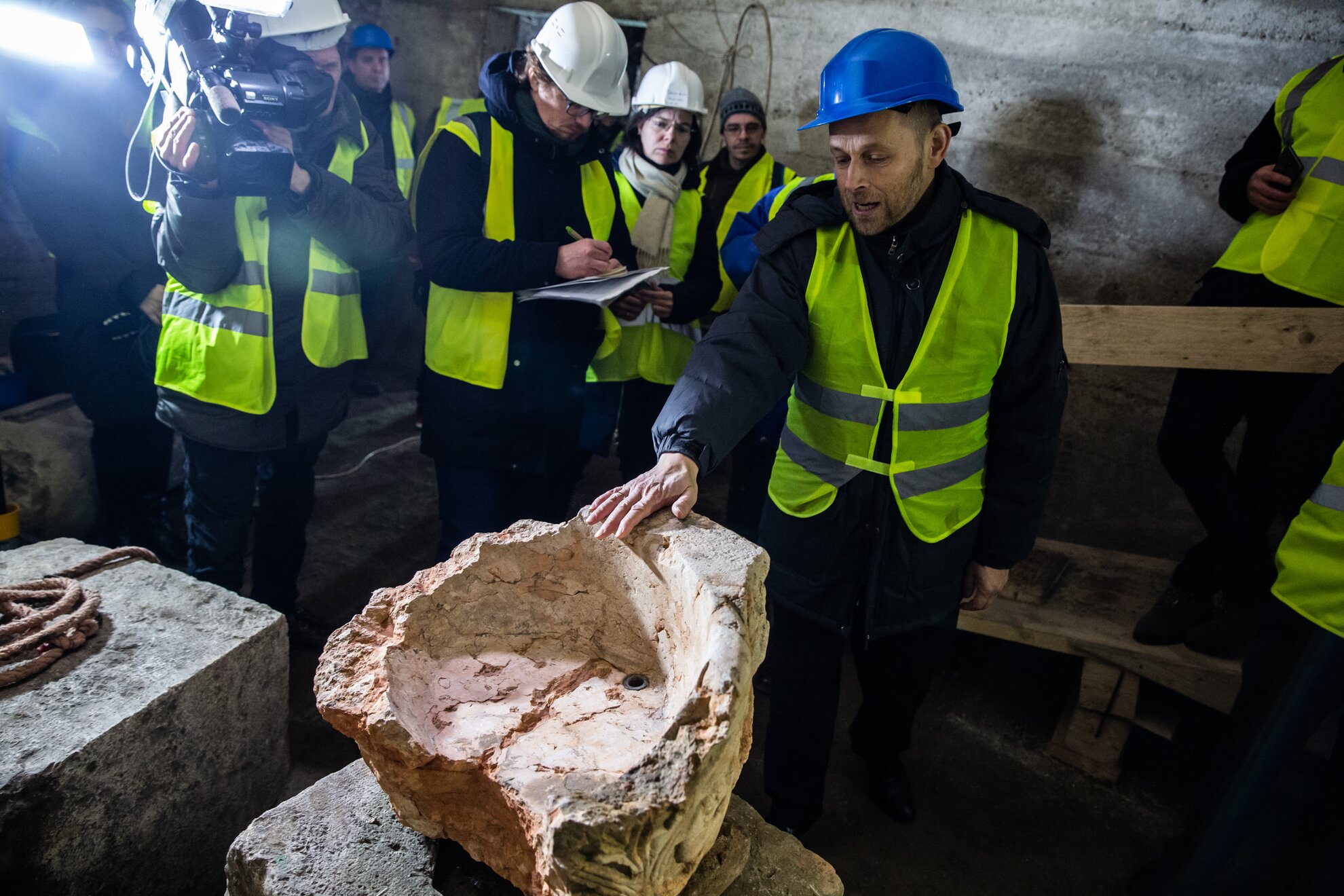
So how did these feisty Magyar warriors find their way into the cellar of the Red Cross? For now, professionals reckon that during the war, Fishermen’s Bastion suffered so much damage it had to be practically rebuilt. The renovation began in 1948, led by John Schulek, son of Frigyes, who designed both the bastion and Matthias Church. Today’s restored seven-towered landmark contains replicas of the earlier sculptures, most likely to have been fashioned from the original but damaged torsos. The latter were then packed into the cellar with the debris, simply because there was no room for them anywhere else.




